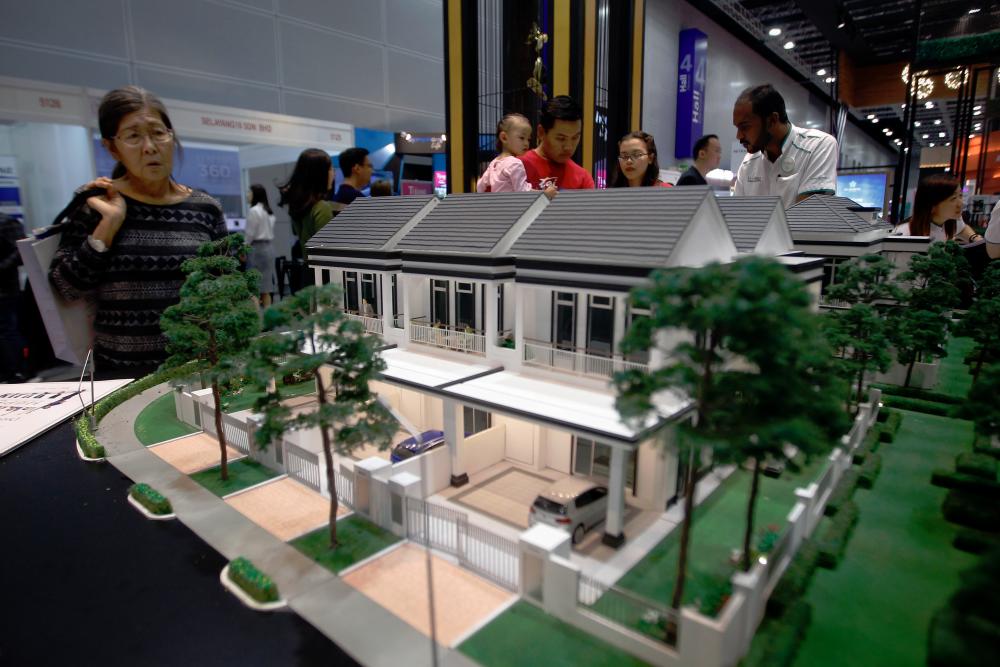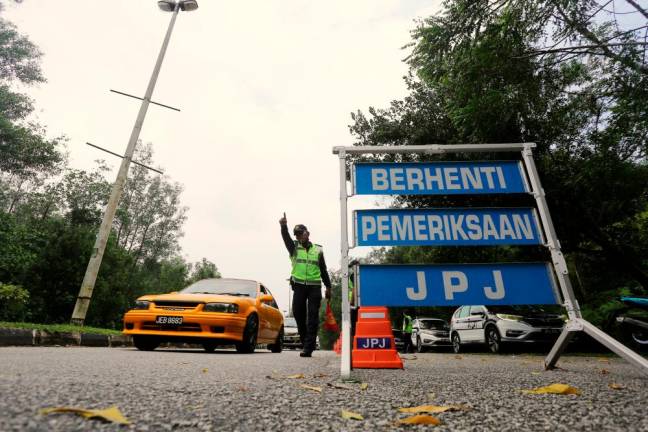KUALA LUMPUR: Property developers are responsible, to a certain extent, for the overhang issue in the market today, according to Rahim & Co International Sdn Bhd executive chairman Tan Sri Abdul Rahim Abdul Rahman.
Speaking to reporters during the company’s property market review today, he said that developers often did not do enough research before launching new projects.
“I am saying that the property developers have brought this overhang issue upon themselves because they did not do proper research. In the old days, you could launch a project and there would be a queue to buy because there was not enough property for sale,” he said.
However, research director Sulaiman Akhmady Mohd Saleh said there are also other factors which have contributed to the issue.
“Firstly, there’s the treatment of costs and how they get factored in. Also another factor is getting loans from both the end-financing and project financing perspective.
“That’s why a feasibility study, which is supposed to be done independently, is very important. The best thing would be for the lenders to conduct the study through independent means rather than developers doing their own studies and adopting that as their benchmark,” he said.
At the end of the third quarter last year, a total of 50,008 residential units including serviced apartments and small office, home office (SoHo) amounting to RM34 billion remained unsold.
Johor holds the highest number of overhang units at 18,517, followed by Selangor with 7,226 units and Kuala Lumpur with 5,170 units.
In an effort to spur the property market while reducing the overhang burden, the government ran a Home Ownership Campaign (HOC) which resulted in 31,415 units worth RM23.3 billion being sold.
However, this has been shown not to have had a significant impact in reducing the number of unsold units, and suggestions have been made to reduce house prices as an effective solution to the problem.
Abdul Rahim said that while the government has made announcements through its various ministries to reduce prices and make houses more affordable, there is still a development cost to bear.
“There’s a lot of costs associated with developments, including the cost of construction which does not go down, so prices can only be brought down to a certain extent,” he said.
Estate agency CEO Siva Shanker said even during the HOC there were some discounts given by individual developers, and with the market being price sensitive, he believed that any form of discount will help boost sales.
“I believe the developers recognise this, and even though the HOC is officially over, my opinion is that most of them will continue to give favourable deals in order to increase their sales,” he said.
Meanwhile, looking ahead, Rahim & Co expects the overall property market to see a moderate improvement this year, but challenges are expected to remain.
Affordability in the residential segment continues to be an issue, with the gap between wages and house prices remaining wide, explained Sulaiman Akhmady.
“However, focus remains strongly on the affordable segment and we have seen developers respond to this with more unit launches priced below RM300,000.
“Secondary market sales are also more dominant, especially for the higher end of the market, and price consolidation continues,” he said.
For the commercial segment, there is a continued concern on the incoming supply as rentals and occupancy rates are under pressure, influenced primarily by relocation activities rather than brand new tenancies.
On a national level, occupancy rates have been maintained at 82.4% in the first half of 2019, with occupancy levels within the Klang Valley at a lower 79%.
Similarly, retail malls remain at risk of oversupply with new malls entering the market every year.
In 2018, Malaysian retail occupancy rates averaged at 81.2%, before dropping to 79.5% at the end of the third quarter last year. In the Klang Valley, retail space recorded a drop from 84.3% in 2018 to 83.2% as at Q3’19.
The bright spot remains the industrial sector, with total industrial transactions nationwide increasing 15.3% as at end Q3’19, amounting to RM10.2 billion in total value.













